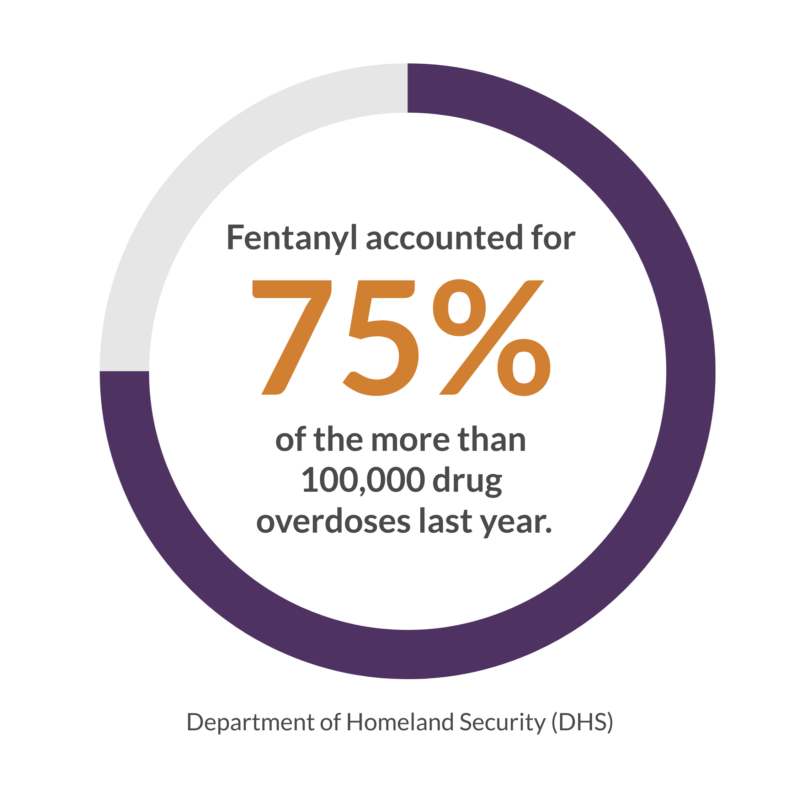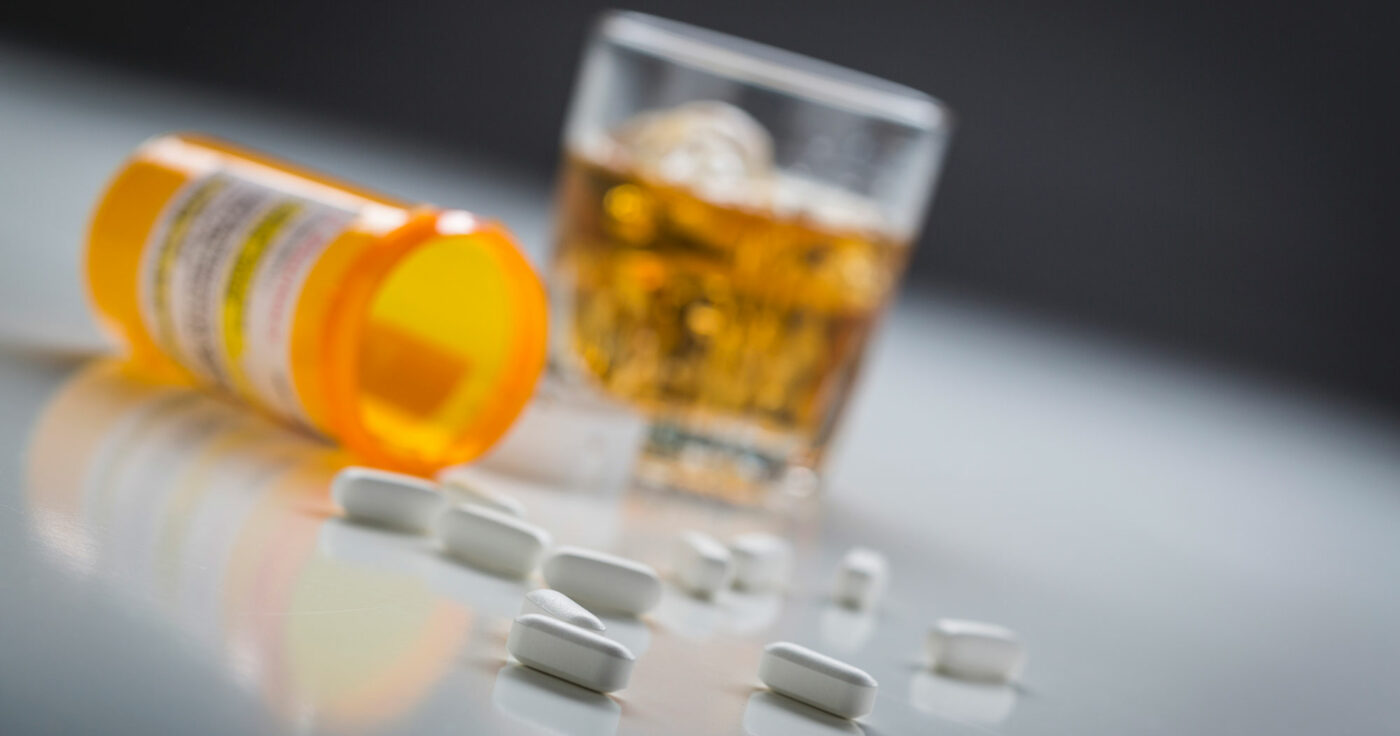By Melissa Riddle Chalos
Facts about drugs and alcohol are as easy to come by as a few clicks on a keyboard. Within minutes, there’s an avalanche of data barreling your way. Grim statistics, trends and theories, along with heartbreaking personal stories — it can all be too much at times. But sometimes the digging turns up some pretty surprising, even hopeful, facts about drugs and alcohol and the impact of substance abuse. Below are nine of the most noteworthy we thought you should know.
1. Alcohol is a known carcinogen.
While there has been some debate through the years as to whether or not alcohol in moderation is really all that bad, a line has been drawn in the sand. Recently, the World Health Organization threw down the gauntlet and published a statement saying there is no safe amount of alcohol that does not adversely affect health. How so? Classified as a Group 1 carcinogen by the International Agency for Research on Cancer, alcohol is known to cause at least seven types of cancer. And because there is no evidence to show at what level of consumption the effects of alcohol become harmful, even the first drop is considered unsafe. If you’re unsure whether your drinking has crossed a line, this alcohol questionnaire may help.
2. Fentapills are still the top killer.
Fentanyl accounted for 75% of the more than 100,000 drug overdoses last year, making it the leading cause of narcotics-related deaths in the US, according to the Department of Homeland Security’s annual threat study. Fentapills are fake prescription pills laced with deadly fentanyl that look exactly like Xanax, Percocet, hydrocodone, or other drugs. Many adolescents seeking antianxiety medications on Snapchat accept delivery at home and never see another day of life. It takes only 3 milligrams of fentanyl versus 30 milligrams of heroin to overdose.

3. Overdoses have caused 1.25 million years of life to be lost.
We count our lives in years. So when researchers at The Ohio State University began calculating the years of life lost to unintentional drug overdoses in youth, teens, and young adults (ages 10 to 24), the sum total was nothing short of staggering: 1.25 million years of life completely lost. And that number only represents four years of data, according to a report published in JAMA Pediatrics.
4. Delta-8 is neither legal nor harmless.
Delta-8 THC, a psychoactive compound found in the Cannabis sativa plant, does not naturally occur in hemp plants. To make it, compounders convert cannabidiol (CBD) or delta-9 THC into delta-8 THC synthetically, a process that is illegal. Although marketed for therapeutic purposes, delta-8 THC products have not been evaluated or approved by the FDA, and the risk of contaminated products entering the market is quite high. The National Institute on Drug Abuse’s recent “Monitoring the Future” survey found that 11.4% of 12th graders have used delta-8 THC products in the past year. Side effects associated with its use include vomiting, hallucinations, respiratory difficulties, elevated heart rate, and loss of consciousness.
5. Alcohol is bad for your gut.
There’s more bad for your belly than weight gain if you’re a steady consumer of alcohol. Why? Because research has shown that alcohol can do a real number on gut health. According to The New York Times, people with alcohol use disorder (problematic drinking) often have a bacterial imbalance in their gut microbiome. This can lead to the development of “leaky gut syndrome” which allows toxins and bacteria to escape into the bloodstream and into the liver. Alcohol consumption can also cause acid reflux, gastrointestinal bleeding, and more issues you simply do not want.
6. Even legal drugs are misused and abused.
Did you know that some of the most abused drugs are the legal ones? According to the National Institute on Drug Abuse, here are the three most commonly abused over-the-counter medications:
- Dextromethorphan (DXM) is a cough suppressant often misused in large quantities. When mixed with soda for flavor, it’s called “robo-tripping” or “skittling,” and causes dissociative and euphoric effects.
- Loperamide is an antidiarrheal medication often used to self-treat opioid withdrawal or to achieve a mild euphoria.
- Pseudoephedrine is a decongestant that is often misused to produce stimulant effects similar to those of amphetamines. Due to its use in the production of methamphetamine, consumers now must show ID and see the pharmacy staff to purchase it.
7. Addiction is a disease of the brain.
With all the vast information we have about drug and alcohol addiction and its impact on our culture, it seems apparent that understanding its nature can help us in treating this devastating and deadly epidemic. The one question that many ask is, Is addiction really a disease? In his video series Pleasure Unwoven, Meadows Senior Fellow Dr. Kevin McCauley explores how addiction is indeed a disease of the brain. This organ “that most embodies who we are” is both the source of the problem and the cure for addiction.
8. GLP-1 weight-loss medications may offer other benefits.
It’s all over the media these days: the weight-loss frenzy over Ozempic, Wegovy, and Mounjaro. While the jury is still out on their long-term safety, there’s no denying the consumption of these breakthrough medications have skyrocketed. Glucagon-like peptide-1 (GLP-1) drugs primarily impact neurotransmitters in the brain, particularly in regions of the central nervous system involved in appetite regulation and glucose metabolism. But people taking these medications have reported a reduction in addictive behaviors like drinking, vaping, and nail-biting, among others. CNN recently reported that researchers at the National Institutes of Health (NIH) are studying how these drugs interact in the brain to make consumption of addictive substances less appealing or rewarding. “There is a lot of overlap in the neurobiological mechanisms that regulate addictive behaviors in general,” says NIH’s Dr. Lorenzo Leggio. “So it’s possible that medications like semaglutide, by acting on this specific mechanism in the brain, may help people with a variety of addictive behaviors.”
9. Addiction treatment helps people recover.
A national study published out of Harvard Medical School and Massachusetts General Hospital, as reported by NPR’s (National Public Radio) Brian Mann, shows that 75% of people with addiction get better when they get help. This study applied even to those who have used hard drugs over long periods of time. Once they received the support and treatment they needed, they were able to live full and successful lives. That’s 20 million people in recovery nationwide.
Help for Substance Abuse
Are you or someone you love struggling with substance use and wanting more than short-term sobriety? We at The Meadows Texas would love the privilege of assisting you. With a proven treatment model, our staff is equipped to help you achieve freedom from addiction and long-term health. Reach out today to ask questions and take the first step to lasting recovery.

